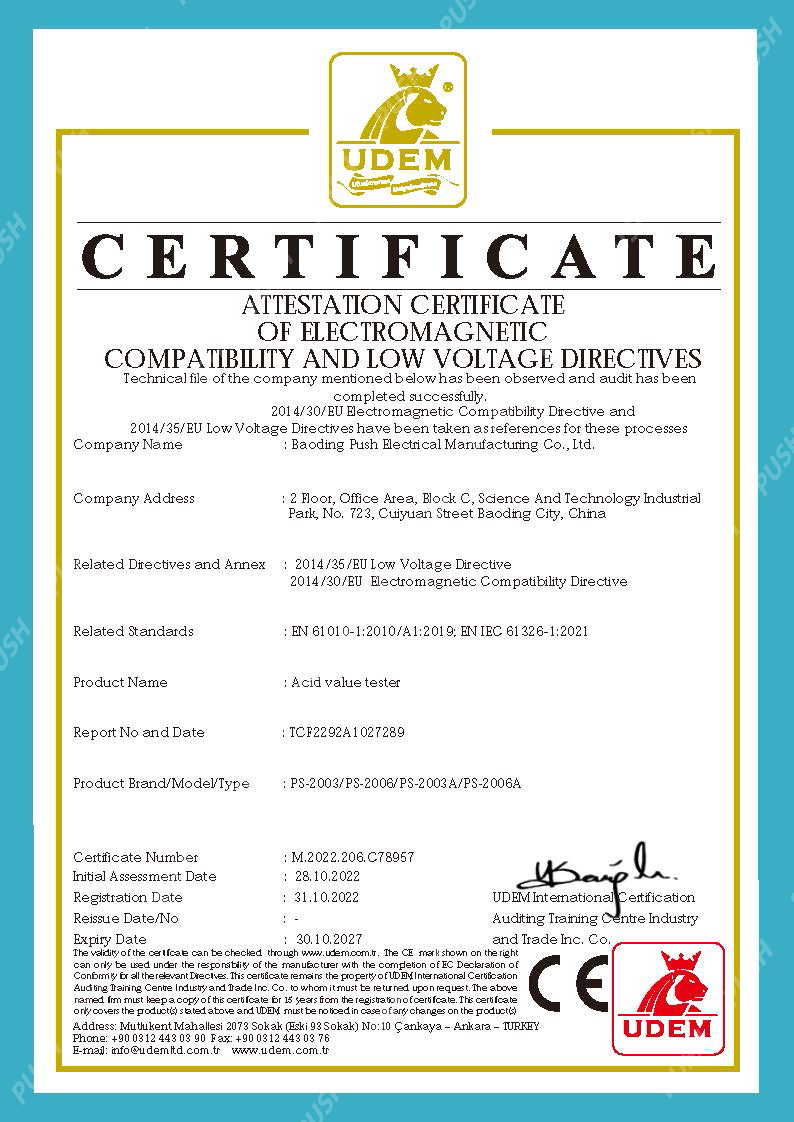 English
English



-
 Afrikaans
Afrikaans -
 Albanian
Albanian -
 Amharic
Amharic -
 Arabic
Arabic -
 Armenian
Armenian -
 Azerbaijani
Azerbaijani -
 Basque
Basque -
 Belarusian
Belarusian -
 Bengali
Bengali -
 Bosnian
Bosnian -
 Bulgarian
Bulgarian -
 Catalan
Catalan -
 Cebuano
Cebuano -
 China
China -
 China (Taiwan)
China (Taiwan) -
 Corsican
Corsican -
 Croatian
Croatian -
 Czech
Czech -
 Danish
Danish -
 Dutch
Dutch -
 English
English -
 Esperanto
Esperanto -
 Estonian
Estonian -
 Finnish
Finnish -
 French
French -
 Frisian
Frisian -
 Galician
Galician -
 Georgian
Georgian -
 German
German -
 Greek
Greek -
 Gujarati
Gujarati -
 Haitian Creole
Haitian Creole -
 hausa
hausa -
 hawaiian
hawaiian -
 Hebrew
Hebrew -
 Hindi
Hindi -
 Miao
Miao -
 Hungarian
Hungarian -
 Icelandic
Icelandic -
 igbo
igbo -
 Indonesian
Indonesian -
 irish
irish -
 Italian
Italian -
 Japanese
Japanese -
 Javanese
Javanese -
 Kannada
Kannada -
 kazakh
kazakh -
 Khmer
Khmer -
 Rwandese
Rwandese -
 Korean
Korean -
 Kurdish
Kurdish -
 Kyrgyz
Kyrgyz -
 Lao
Lao -
 Latin
Latin -
 Latvian
Latvian -
 Lithuanian
Lithuanian -
 Luxembourgish
Luxembourgish -
 Macedonian
Macedonian -
 Malgashi
Malgashi -
 Malay
Malay -
 Malayalam
Malayalam -
 Maltese
Maltese -
 Maori
Maori -
 Marathi
Marathi -
 Mongolian
Mongolian -
 Myanmar
Myanmar -
 Nepali
Nepali -
 Norwegian
Norwegian -
 Norwegian
Norwegian -
 Occitan
Occitan -
 Pashto
Pashto -
 Persian
Persian -
 Polish
Polish -
 Portuguese
Portuguese -
 Punjabi
Punjabi -
 Romanian
Romanian -
 Russian
Russian -
 Samoan
Samoan -
 Scottish Gaelic
Scottish Gaelic -
 Serbian
Serbian -
 Sesotho
Sesotho -
 Shona
Shona -
 Sindhi
Sindhi -
 Sinhala
Sinhala -
 Slovak
Slovak -
 Slovenian
Slovenian -
 Somali
Somali -
 Spanish
Spanish -
 Sundanese
Sundanese -
 Swahili
Swahili -
 Swedish
Swedish -
 Tagalog
Tagalog -
 Tajik
Tajik -
 Tamil
Tamil -
 Tatar
Tatar -
 Telugu
Telugu -
 Thai
Thai -
 Turkish
Turkish -
 Turkmen
Turkmen -
 Ukrainian
Ukrainian -
 Urdu
Urdu -
 Uighur
Uighur -
 Uzbek
Uzbek -
 Vietnamese
Vietnamese -
 Welsh
Welsh -
 Bantu
Bantu -
 Yiddish
Yiddish -
 Yoruba
Yoruba -
 Zulu
Zulu
insulation continuity test
Understanding the Insulation Continuity Test Importance, Procedure, and Applications
The insulation continuity test is a vital procedure in electrical engineering, ensuring the safety and reliability of electrical installations. This test is critical in detecting faults in insulation, which can lead to short circuits, electrical shocks, and system failures. By understanding the key aspects of this test, including its importance, procedure, and applications, professionals and technicians can enhance safety practices in various electrical settings.
Importance of the Insulation Continuity Test
The primary purpose of the insulation continuity test is to verify the integrity of insulation materials used in electrical circuits and equipment. Insulation plays a crucial role in preventing unintended current flow, which can be both hazardous and damaging. Regular testing helps in identifying any degradation, damage, or deterioration of insulation over time, primarily due to environmental factors, mechanical stress, or age.
The significance of this test extends beyond basic safety. It is also crucial for compliance with industry standards and regulations. Various electrical safety standards require regular insulation tests to ensure that installations are safe for use. Failure to conduct these tests can lead to severe consequences, including legal liabilities, insurance issues, and potential accidents.
Procedure of the Insulation Continuity Test
Conducting an insulation continuity test involves a systematic approach to ensure accurate results
1. Preparation Before performing the test, it is essential to disconnect all power sources from the equipment. This includes turning off circuit breakers and unplugging any devices to prevent accidental electrical shocks.
2. Equipment Setup A digital multimeter or an insulation resistance tester is commonly used for the test. The chosen device should be capable of measuring insulation resistance in megaohms (MΩ).
insulation continuity test

3. Connecting the Tester The test probe is connected to the conductors of the circuit or equipment being tested. The other probe is connected to a ground point or other conductors, depending on the configuration of the system.
4. Conducting the Test The tester is activated to apply a voltage, usually between 250V and 1000V, depending on the system under test. The reading of insulation resistance is taken, and the quality of insulation is evaluated based on predetermined criteria. Generally, a reading above 1 MΩ is considered acceptable, but specific values may vary based on manufacturer and application standards.
5. Recording and Analyzing Results The results must be documented properly for future reference, especially during inspections or audits. If the insulation resistance falls below acceptable levels, further investigation and corrective actions must be undertaken.
Applications of the Insulation Continuity Test
Insulation continuity testing is widely used across various industries, including residential, commercial, and industrial sectors. In residential settings, it is often performed during the installation of wiring systems to ensure safety standards are met before occupants move in. In industrial settings, regular testing is part of preventive maintenance programs to minimize downtime and enhance equipment reliability.
Moreover, its applications extend to specialized fields, such as healthcare, where the integrity of medical equipment insulation is paramount for patient safety. Similarly, in the automotive industry, insulation tests are critical for electric vehicles, ensuring that their complex electrical systems function safely.
Conclusion
In summary, the insulation continuity test is an essential practice that ensures the safety and reliability of electrical installations. By routinely conducting these tests, stakeholders can mitigate risks, comply with safety regulations, and maintain operational effectiveness. Understanding the procedures and applications of the insulation continuity test is crucial for professionals in the electrical field, ultimately contributing to a safer environment for all.
-
Exploring the Main Types of Industrial Endoscopes and Their Applications Across IndustriesNewsJul.04,2025
-
Testing Equipment Industry Sees Major Advancements in 2025: Smart & Precision Technologies Lead the WayNewsJun.06,2025
-
Applications of Direct Current Generators in Renewable Energy SystemsNewsJun.05,2025
-
Hipot Tester Calibration and Accuracy GuidelinesNewsJun.05,2025
-
Digital Circuit Breaker Analyzer Features and BenefitsNewsJun.05,2025
-
Benefits of Real-Time Power Quality Monitoring Devices for Industrial EfficiencyNewsJun.05,2025



